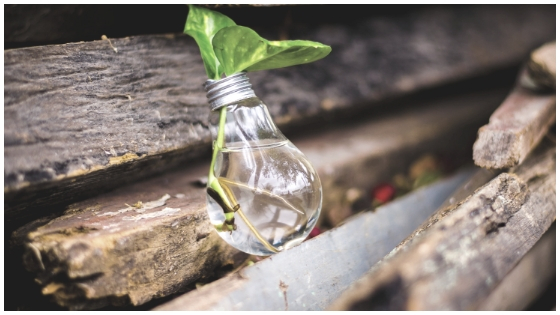
Taking control of your intellectual property is a key part of running a successful business. If you’ve invented a new product, or you’ve created a logo or unique catchphrase, you’re probably wondering how to keep others from stealing your ideas. There are two major types of rights protection, with each type used for a particular kind of work. Patents cover goods and processes, while trademarks cover names and images.
A patent is an official claim to intellectual property involving the design, development or invention of an item that has functional use. It covers the practical features of the article in question. It does not cover the name or identifier you may be using to market the invention – that would be covered by a trademark. Any patent that gets approved has to show that the invention is novel, useful and applicable for industrial and economic progress as described in https://azbigmedia.com/inventhelp-can-help-turn-your-invention-into-reality/ article.
There are 3 major kinds of patents:
- Utility patents cover equipment and devices, such as pieces of manufacture or machinery which contribute to economical and industrial development.
- Design patents protect the outward features of an invention from being duplicated.
- A plant patent, a less common form of patent protection, covers a new variety of plant bred using asexual reproduction techniques.
The United States Patent & Trademark Office carefully evaluates all patent submissions to confirm that the invention or process in question is new, rather than an idea covered by a previous patent for another invention. In contrast, this search process is a bit simpler with trademarks. In that situation, the USPTO conducts a search for names and images to confirm that the name or image you wish to trademark does not match one already on file.

A trademark covers the identifier used to distinguish a product or service. A word or slogan, product name, sounds, symbols or colors that distinguish a good or service can all be protected by trademarks. The slogan “I’m loving’ it,” for instance, is a registered trademark of McDonald’s. Trademarks are usually used to advertise a product or service, while the product itself may be covered by a patent. Registering a trademark will not stop others from making the same goods or from selling those under a visibly different brand, but it will prevent others from using a confusingly similar mark to yours.
A good trademark will specify the source of the item and make a distinction between it and similar goods or services offered by others. A service mark is the same as a trademark except that it recognizes and distinguishes the source of a service rather than a product. A trademark for goods appears on the merchandise or on its packaging, while a service mark appears in advertising for the services as explained in this story on https://www.dailypress.com/news/community/spotlight/dp-ugc-article-inventhelp-provides-the-necessary-help-to-nav-1-2019-01-03-story.html.
A trademark can offer protection for an indefinite period of time, as long as the company or person registering the trademark wishes to use it, while a patent will expire in a period of time, usually 20 years. In short, patents cover the function or design of a new innovation, while trademarks protect names, symbols, and other identifiers used to distinguish one product or service from those of a competitor.


